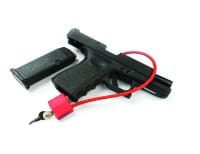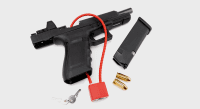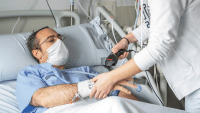In 2017, according to the Centers for Disease Control and Prevention, the opioid epidemic caused 70,237 deaths. Of those 70,237 deaths, 47,600 were directly related to opioid prescription medications. The United States is looking for an answer to the opioid epidemic while providers are still attempting to treat patients with chronic pain. Prior to 1936, medical cannabis was legal in the United States and was sold over the counter (NCSBN). Cannabis was used as early as 1400 BC for chronic pain and other ailments (Hand and colleagues 2016)
I currently work in the geriatric community as an ambulatory care coordinator and have witnessed firsthand the challenges—Controlled Substances Act forms, drug toxicity screenings—that our patients (including those who are home-bound) face to obtain their opioid medications. With medical cannabis, the patient does not need to perform any of these tasks to maintain pain control. Additionally, very few CB1 receptors are found in the brainstem or the cardiorespiratory centers, making a lethal dose of cannabis impossible (Theisen and Konieczny). This creates an extra layer of protection for our seniors.
One of the biggest barriers to bringing medical cannabis to more patients and decreasing opioid prescription rates is lack of education. Medical providers, although interested and intrigued by medical cannabis, still do not have adequate research to feel confident about recommending it. By educating more providers and creating a level of comfort, the nurse can help decrease other medication prescriptions.
Amanda Francisco, BSN, RN
References
Centers for Disease Control and Prevention. Drug overdose deaths. March 3, 2021. cdc.gov/drugoverdose/data/statedeaths.html
Hand A, Blake A, Kerrigan P, Samuel P, Friedberg J. (2016). History of cannabis. J Pain Manage. 2016;9(4):387-94.
NCSBN Medical Marijuana Nursing Guidelines Committee. Guidelines for medical marijuana. Journal Nurs Regul. 2018. ncsbn.org/The_NCSBN_National_Nursing_Guidelines_for_Medical_Marijuana_JNR_July_2018.pdf
Theisen E, Konieczny E. Medical cannabis: What nurses need to know. Am Nurse Today. 2019;14(11):6-11.
















